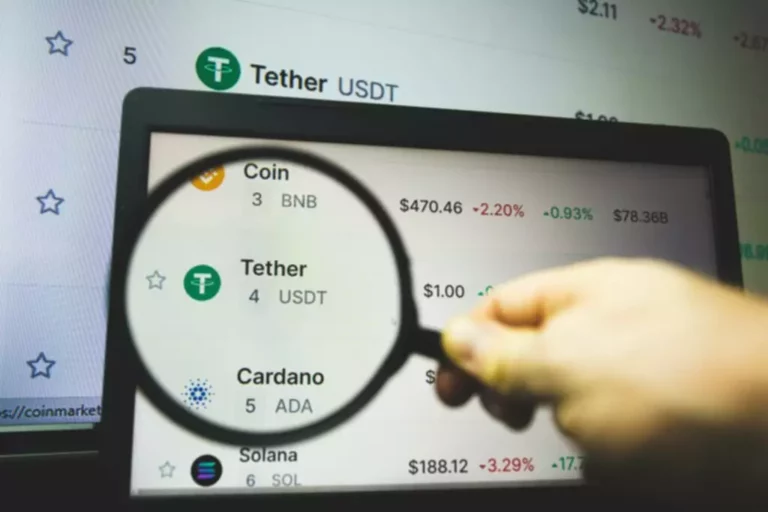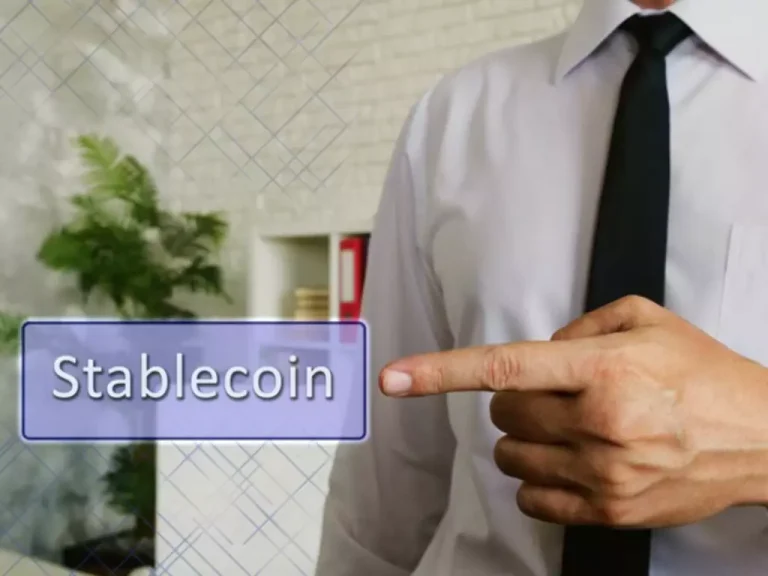In a PoW system, miners compete to unravel complex mathematical puzzles to generate new blocks and validate transactions on the blockchain. This creates a fair and clear environment the place miners are rewarded primarily based on their degree of contribution. On the opposite facet, Ethereum’s transition to a Proof of Stake (PoS) consensus mechanism markedly decreased its vitality consumption.
Miners is not going to be anticipated to have powerful hardware for the process. As Quickly As a model new block is added, stakers can validate new transactions primarily based on which they will be rewarded. These who fail to validate a transaction as required could lose part or their complete stake. When a transaction has to be validated, the first miner to resolve the equation is allowed to add it to the blockchain. However, the validator will earn their reward only after different participants have verified that the data is reliable. Ethereum’s underlying know-how is more versatile, allowing for complex applications, while Bitcoin focuses on safety and scarcity.
Instead of fixing puzzles, you lock (stake) your tokens within the network. The more tokens you’ve staked, the upper your probabilities of getting to add the following block and earn a reward. Proof-of-stake Ethereum pays for its safety by issuing far fewer coins than proof-of-work Ethereum because validators do not have to pay excessive electricity costs.
Ethereum’s betting big on sustainable progress, positioning itself because the platform ready to handle whatever Web3 throws at it next. Sprint, one other cryptocurrency, focuses on transaction speed and privacy. While Sprint presents sooner transaction confirmations than Bitcoin and Ethereum, its market capitalization is significantly lower.

Xdc Community: Revolutionizing Enterprise Blockchain With Trade Finance, Nfts, And Defi Improvements
These ‘blocks’ consist of bits of knowledge, and after we check with a ‘block’ and ‘chain,’ we’re talking about digital data stored in a public database. Blockchain provides an revolutionary way to transfer info routinely and securely. A transaction begins when one celebration creates a block, which is then verified by 1000’s, even tens of millions, of computer systems throughout the community. This decentralized ledger of monetary transactions is constantly evolving, with new information constantly added.
If a validator behaves dishonestly, their stake could be partially or totally slashed. Proof-of-work techniques face structural limitations that restrict their long-term sustainability. As community difficulty rises, mining becomes less accessible to individuals, and participation increasingly requires industrial-scale operations with entry to low cost electricity and specialised hardware. This shifts management away from the broader public, decreasing decentralization over time. Lastly, transaction speeds on proof-of-work systems are sometimes slower in comparison with newer techniques. Ethereum shifting to PoS also signifies that they will establish a safer system.
Network Participation And Accessibility

The best choice for Ethereum is for validators to be run regionally on home computer systems, maximizing decentralization. This is why Ethereum resists modifications that enhance the hardware necessities for running a node/validator. This might be a degree in favour of proof-of-work as it is harder to introduce bugs or unintended effects into easier protocols by accident. Nevertheless, the complexity has been tamed by years of research and development, simulations, and testnet implementations. The proof-of-stake protocol has been independently carried out by 5 separate groups (on every of the execution and consensus layers) in five programming languages, offering resilience against shopper bugs. These metrics highlight Solana’s potential for progress, though its long-term success will depend on addressing its challenges.
Moreover, advancements in Bitcoin’s privacy features, similar to CoinJoin and Schnorr signatures, might improve its fungibility and privacy, making it more interesting to users looking for anonymity in transactions. Each Ethereum and Bitcoin are continuously evolving, contributing uniquely to the advancement of blockchain know-how and the broader cryptocurrency ecosystem. The idea of programmable blockchain was floating round for years earlier than taking shape in the Ethereum project. The crypto ethos of being solely answerable for one’s digital belongings gave method to the Web3 motion, which aims to take back management of consumer information from huge corporations.
- Presently, Ethereum utilizes Proof of Work (PoW), the place miners compete to solve complicated puzzles to add new blocks to the blockchain, much like Bitcoin.
- In our technical comparison, we noticed the foundational differences between Bitcoin and Ethereum, from their consensus mechanisms to block dimension and smart contract capabilities.
- One shall be expected to manage many of the community to assault the community, which is close to inconceivable.
- By eliminating the need for energy-intensive mining, Ethereum’s vitality utilization decreased by an estimated 99%, positioning it as a extra environmentally pleasant blockchain network.
In our technical comparison, we noticed the foundational differences between Bitcoin and Ethereum, from their consensus mechanisms to block measurement and sensible contract capabilities. In proof-of-work blockchains, miners compete to resolve advanced mathematical puzzles—a process that requires significant ethereum vs bitcoin computing energy. The first miner to unravel the puzzle earns the right to add a brand new block to the blockchain. Each puzzle is linked to the previous block, guaranteeing that the complete chain stays safe and tamper-resistant. The community rewards miners with newly minted cash and transaction fees. The difficulty of the puzzles adjusts automatically to maintain a constant block creation fee.

Nonetheless, it has solely just lately been applied for the true Ethereum Mainnet and is much less time-proven than proof-of-work. The following sections focus on the pros and cons of proof-of-stake’s security model in comparability with proof-of-work. This difference underscores the significance of accessibility in fostering innovation and growth within a blockchain ecosystem. The programming languages supported by a blockchain can considerably Decentralized finance impression developer adoption and ecosystem growth. One of Solana’s key promoting factors is its scalability, but this comes with trade-offs in community reliability. The platform has faced congestion and outages, raising concerns about its capability to handle sustained development.
This monumental shift was adopted by the Dencun improve in March 2024, introducing proto-danksharding — a significant step forward in enhancing Layer 2 scalability and throughput. In the real world, Bitcoin and Ethereum have transcended their digital origins to impact various sectors and industries, showcasing their versatility and rising https://www.xcritical.in/ acceptance. This part will cover the technical options of the networks and contrast them with one another. In this article, we’ll dive into the differences between PoW and PoS, how they affect safety, the environment, and your income and most importantly, which one you should select as an on a regular basis person.
style=”display:none;”>





















































